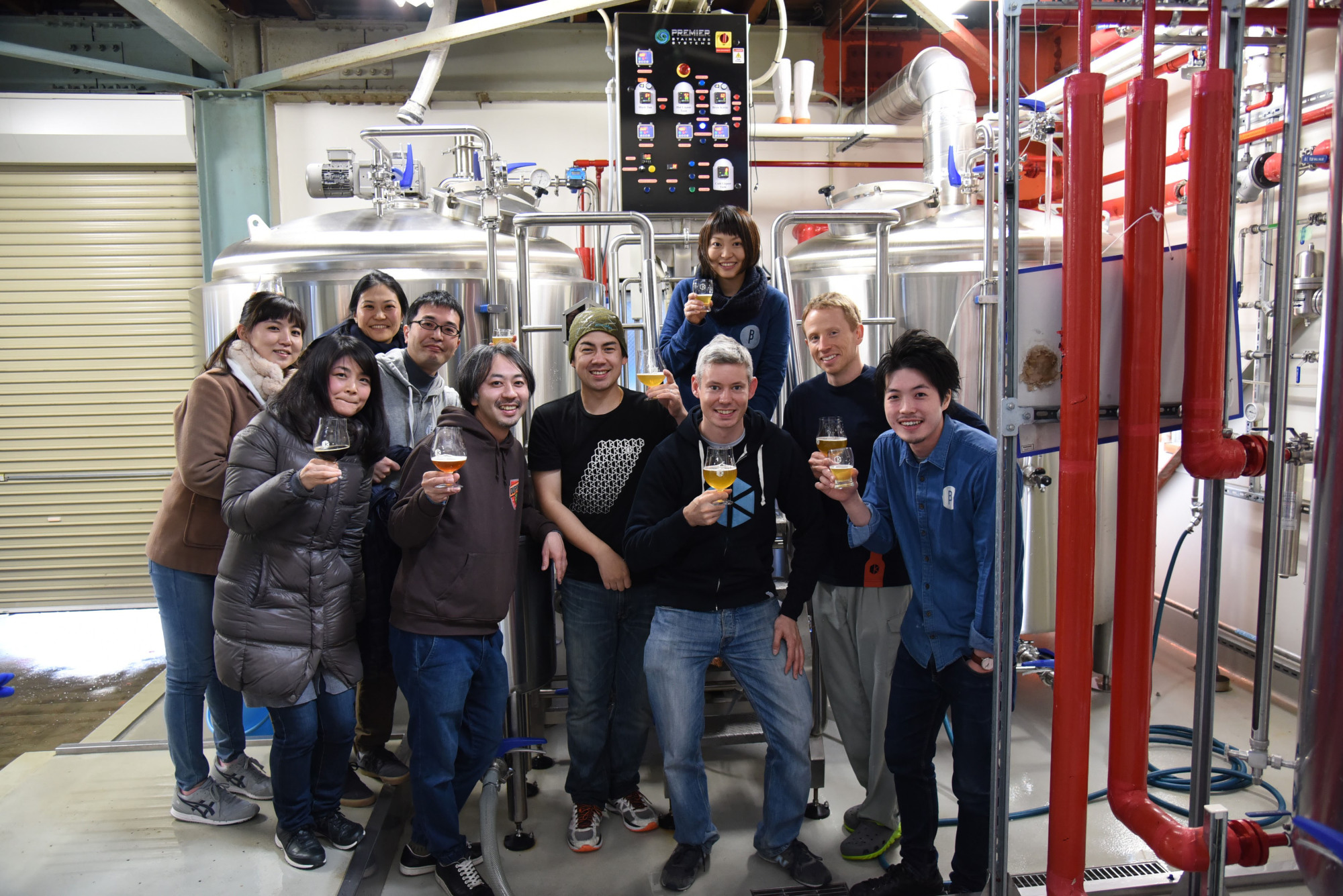A newspaper and a pub chain walk into a brewery...
It has all the makings of a joke, but this is no wisecrack —it's the story of how The Japan Times, Kyoto Brewing and the Brussels bar chain came together to make a truly newsworthy brew.
The day's batch is already underway as the collaboration team starts a tour of the Kyoto Brewing facilities in a quiet neighborhood a short cab ride from Kyoto Station.
















With your current subscription plan you can comment on stories. However, before writing your first comment, please create a display name in the Profile section of your subscriber account page.